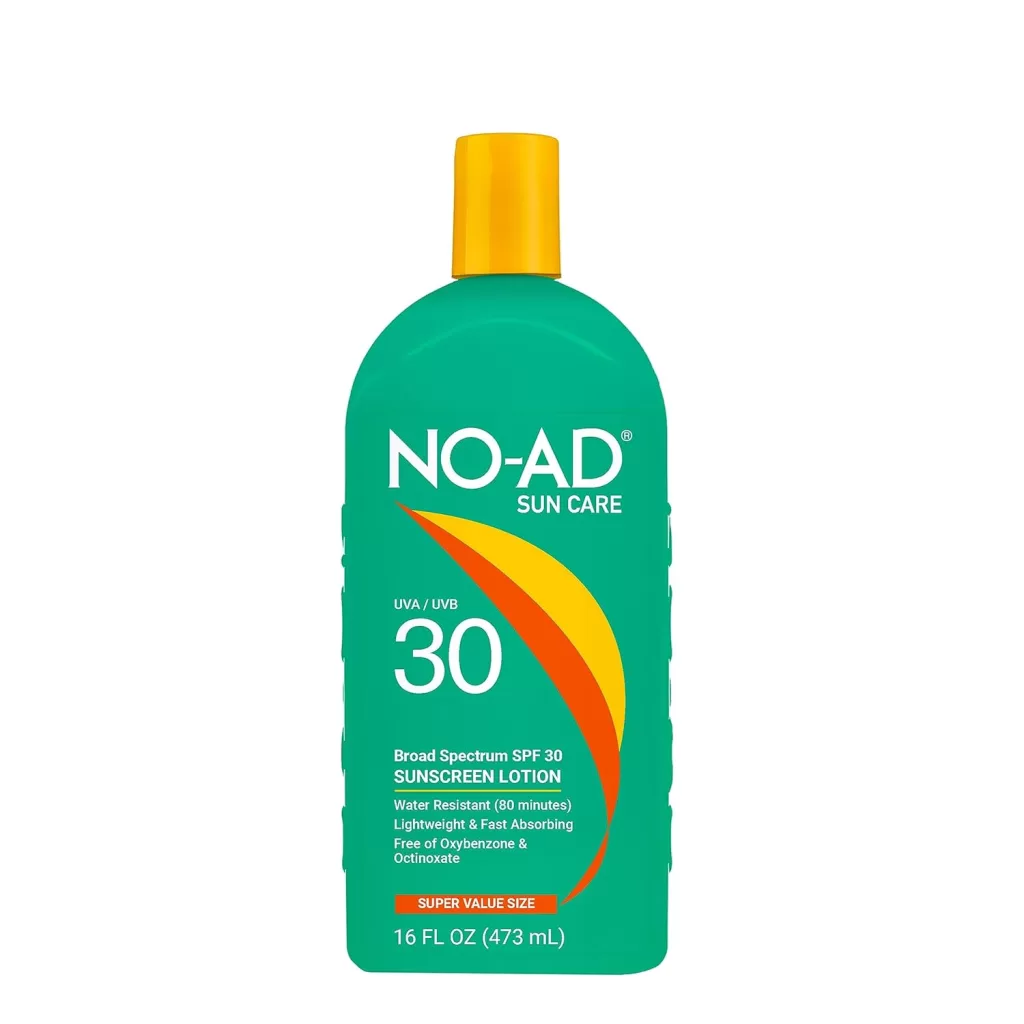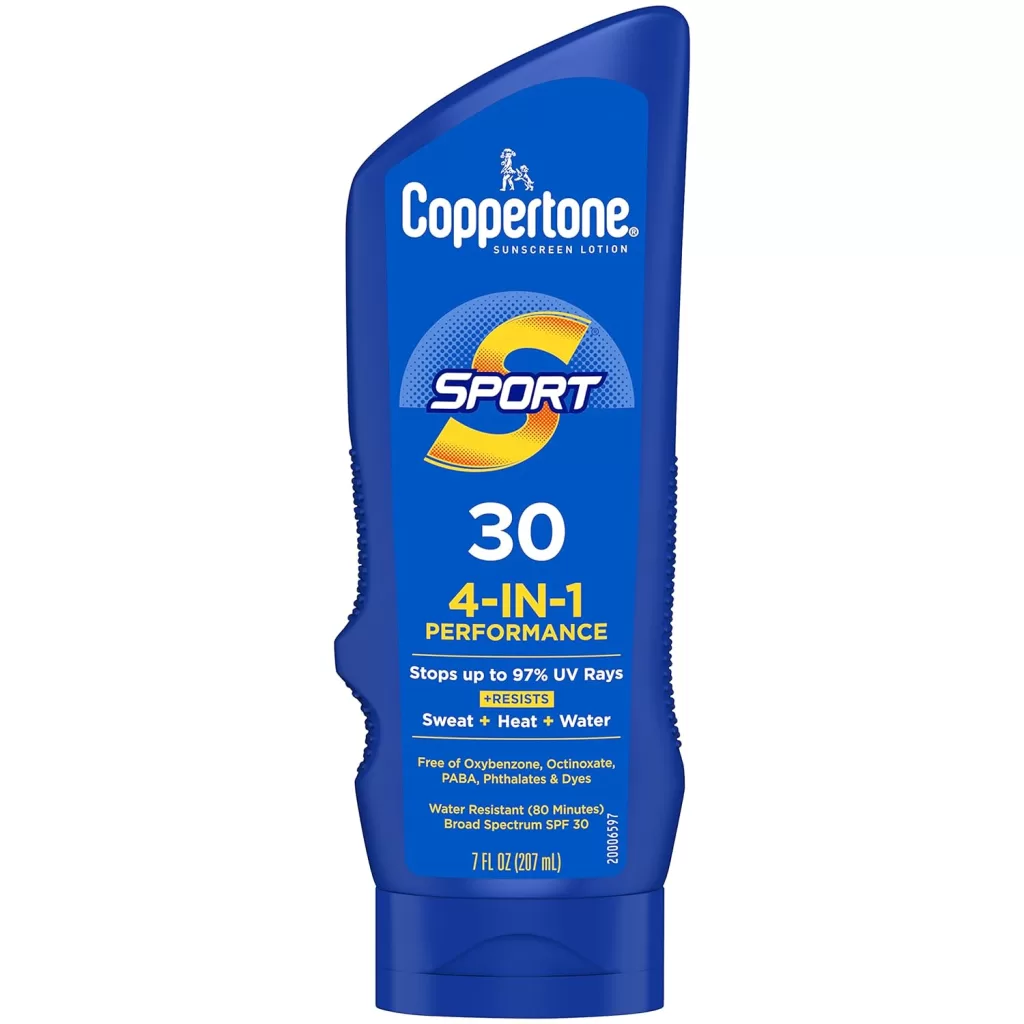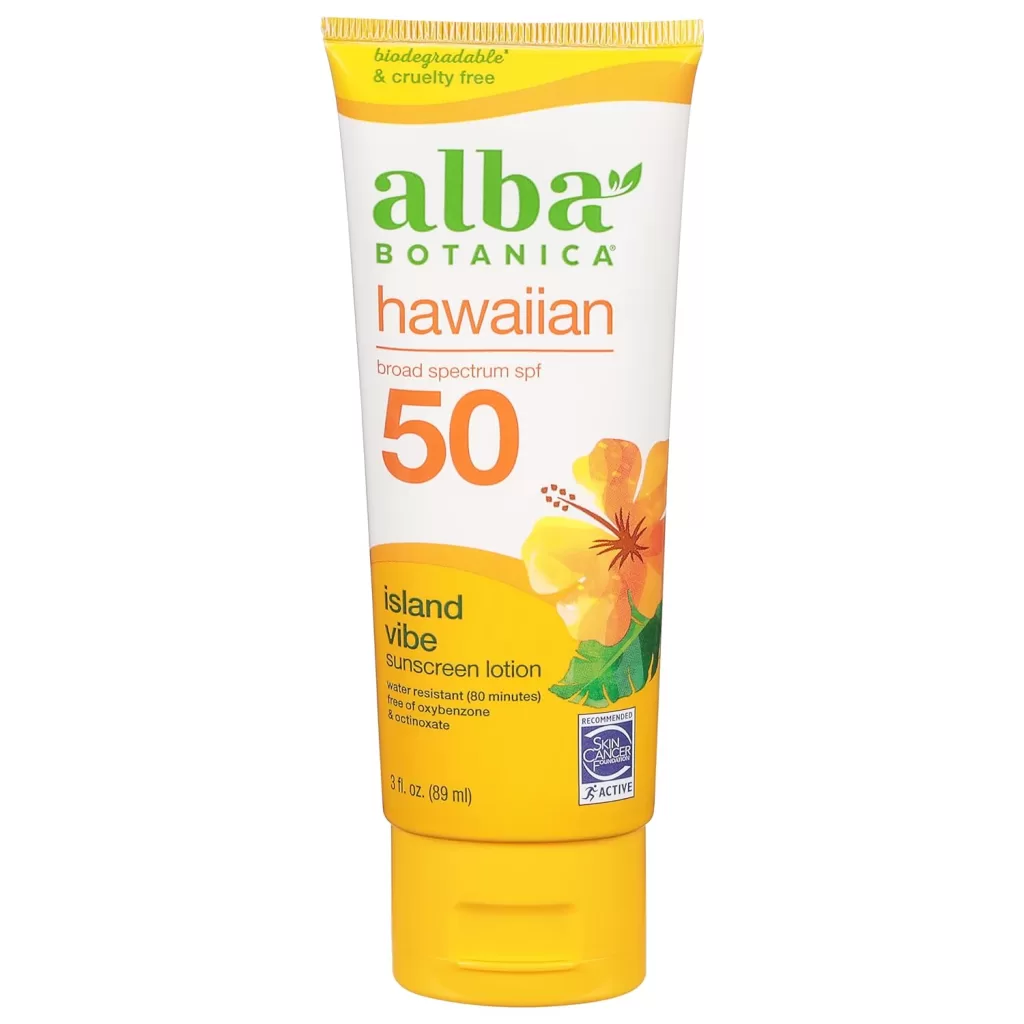Skin Mole Check: ABCDE Rule & Sun Safety Tips to Avoid Spots
Skin Mole Check: Skin moles, also known as nevi, are a common occurrence for many people. These pigmented spots can vary in shape, size, and color, and while most are harmless, it’s crucial to be mindful of your skin health and monitor them for any changes. In this blog post, we’ll explore everything you need to know about skin moles, from understanding the different types to essential sun protection tips. We’ll also emphasize the importance of consulting a dermatologist for any skin concerns and how to perform self-examinations effectively.
The ABCs of Skin Moles: Understanding the Basics

What Are Skin Moles?
Skin moles are clusters of pigmented cells that appear as dark spots on the skin. They can be flat or raised and come in various colors, including brown, black, and red. Moles can appear anywhere on the body, but they’re more common in areas that receive frequent sun exposure.
Skin Mole Check: Types of Moles:
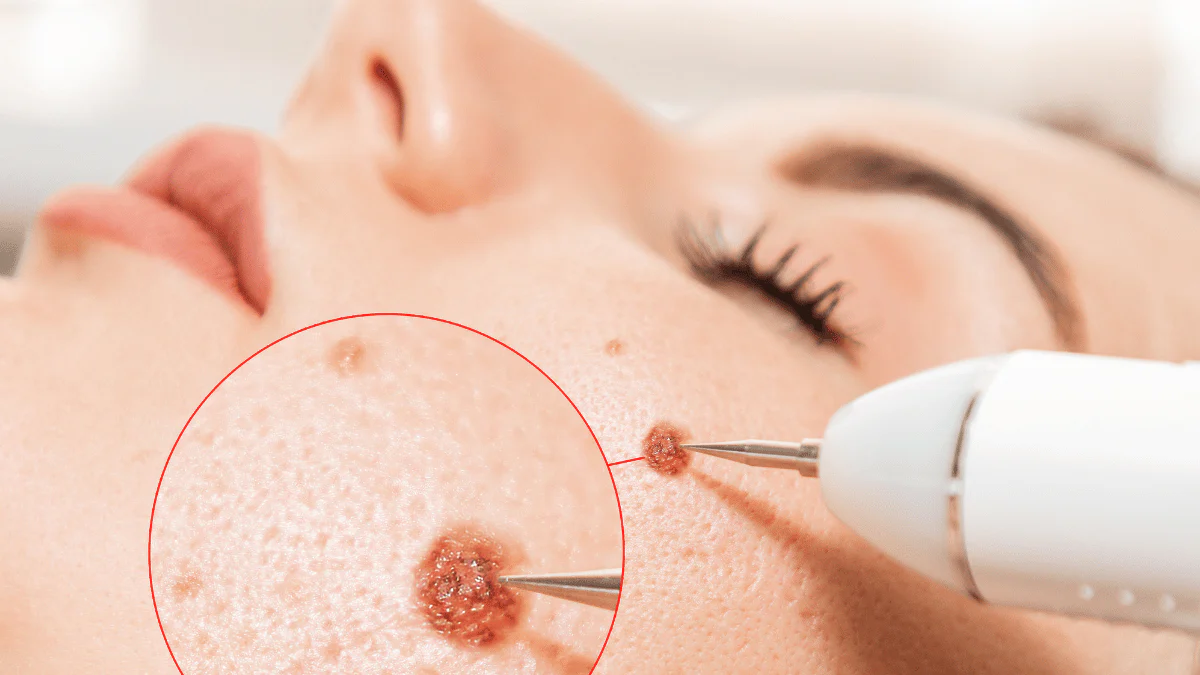
There are three main types of moles:
- Congenital moles: These moles are present at birth or develop shortly thereafter. They can vary in size and may require monitoring by a dermatologist.
- Acquired moles: These are the most common type of mole and typically develop during childhood and adolescence. Acquired moles are usually harmless but should still be monitored for changes.
- Atypical moles (dysplastic nevi): These moles have irregular borders, uneven coloration, and are larger than most common moles. While most atypical moles are benign, they carry a higher risk of developing into melanoma, the deadliest form of skin cancer.
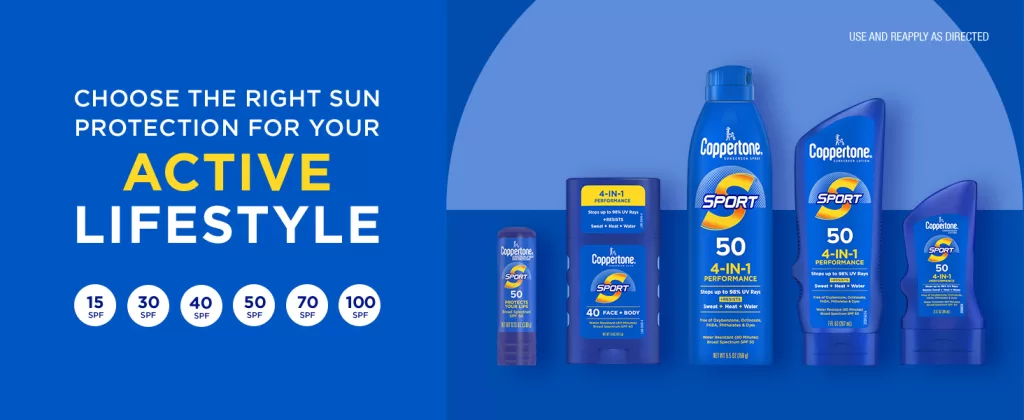
The Importance of Sun Protection
Protecting your skin from the sun’s harmful UV rays is vital for preventing new moles and maintaining overall skin health. Here are some key sun protection tips:
- Sunscreen: Apply a broad-spectrum sunscreen with SPF 30 or higher every day, even on cloudy days. Reapply sunscreen every two hours, or more often if swimming or sweating. Consider using water-resistant sunscreen for extended outdoor activities.
- Protective clothing: When outdoors, wear sun-protective clothing such as long-sleeved shirts, pants, and wide-brimmed hats. Look for clothes with a UPF rating of 50+.
- Seek shade: Avoid prolonged sun exposure, especially during peak sun hours (10 am to 4 pm).
Maintaining Healthy Skin: Hydration, Nutrition, and Self-Exams
In addition to sun protection, here are some other ways to promote healthy skin:
- Hydration: Drink plenty of water throughout the day to keep your skin hydrated and supple. Aim for eight glasses of water daily.
- Nutrition: Eat a balanced diet rich in fruits, vegetables, and whole grains. These foods contain vitamins and antioxidants that contribute to healthy skin.
- Self-exams: Perform regular self-examinations to monitor your moles for any changes. A well-lit bathroom with a full-length mirror is a good place to conduct a skin exam. Consider doing a self-exam after showering when your skin is relaxed. Use the ABCDE rule as a guide:
- Asymmetry: One half of the mole does not match the other half.
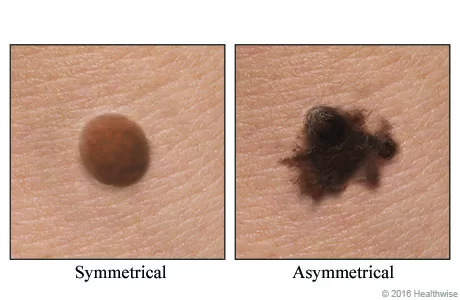
- Border irregularity: The edges of the mole are uneven or ragged.
- Color variation: The mole has multiple colors within it, such as brown, black, and red.
- Diameter greater than 6 millimeters: The mole is larger than the width of a pencil eraser.
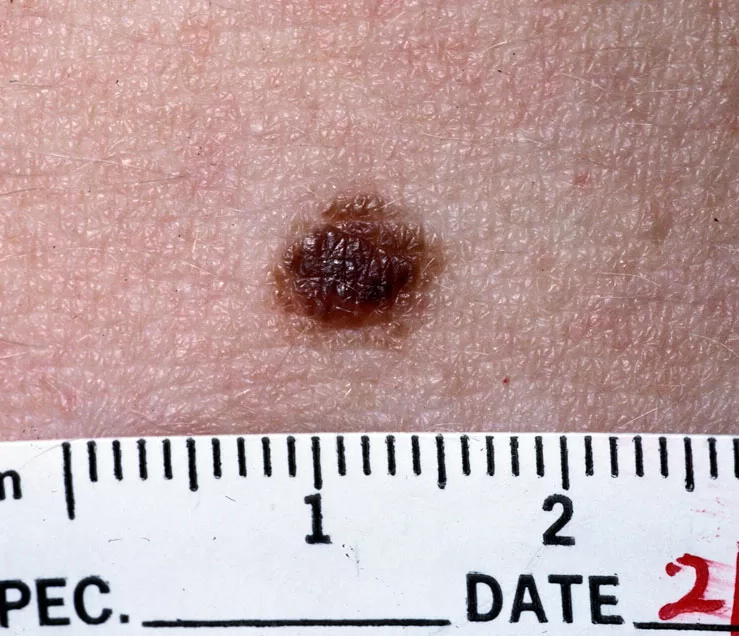
- Evolution/change: The mole has changed in size, shape, or color over time.

Don’t Be Shy! When to See a Dermatologist
If you notice any changes in your moles using the ABCDE rule, or if you have any concerns about your skin health, schedule an appointment with a dermatologist. A dermatologist can examine your moles and provide personalized advice. Early detection of skin cancer is crucial for successful treatment.
Skin Mole Check: Conclusion
By understanding skin moles, practicing sun safety, and performing regular self-examinations, you can take proactive steps towards maintaining healthy skin. Remember, prevention and early detection are key! Don’t hesitate to consult a dermatologist for any skin concerns you may have.
Skin Mole Check
FAQ: Skin Moles and Sun Safety
What are skin moles?
Skin moles, also known as nevi, are clusters of pigmented cells that appear as dark spots on the skin. They can be flat or raised and vary in color.
Are all moles dangerous?
Most moles are harmless, but it’s important to monitor them for changes. Atypical moles, which have irregular borders, uneven color, and are larger than most common moles, carry a higher risk of developing into melanoma, a dangerous form of skin cancer.
What is the ABCDE rule for skin moles?
The ABCDE rule is a helpful guide for identifying potentially dangerous moles. It stands for:
- Asymmetry: One half doesn’t match the other.
- Border irregularity: The edges are ragged, notched, or blurred.
- Color variation: The mole contains different colors (brown, black, tan, white, red, or blue).
- Diameter larger than 6 millimeters (about the size of a pencil eraser).
- Evolving: The mole is changing in size, shape, or color.
Skin Mole Check
How can I protect my skin from the sun?
To protect your skin from harmful UV rays, follow these tips:
- Wear sunscreen: Use a broad-spectrum sunscreen with an SPF of 30 or higher daily, even on cloudy days. Reapply every two hours, or more often if swimming or sweating.
- Seek shade: Limit sun exposure, especially between 10 AM and 4 PM.
- Wear protective clothing: Cover up with long-sleeved shirts, pants, and wide-brimmed hats.
- Avoid tanning beds: Tanning beds increase your risk of skin cancer.
Skin Mole Check: When should I see a dermatologist?
If you notice any changes in your moles or have any concerns about your skin health, consult a dermatologist. Early detection of skin cancer is crucial for successful treatment.
Explore more articles like this @ Where And How Resources


